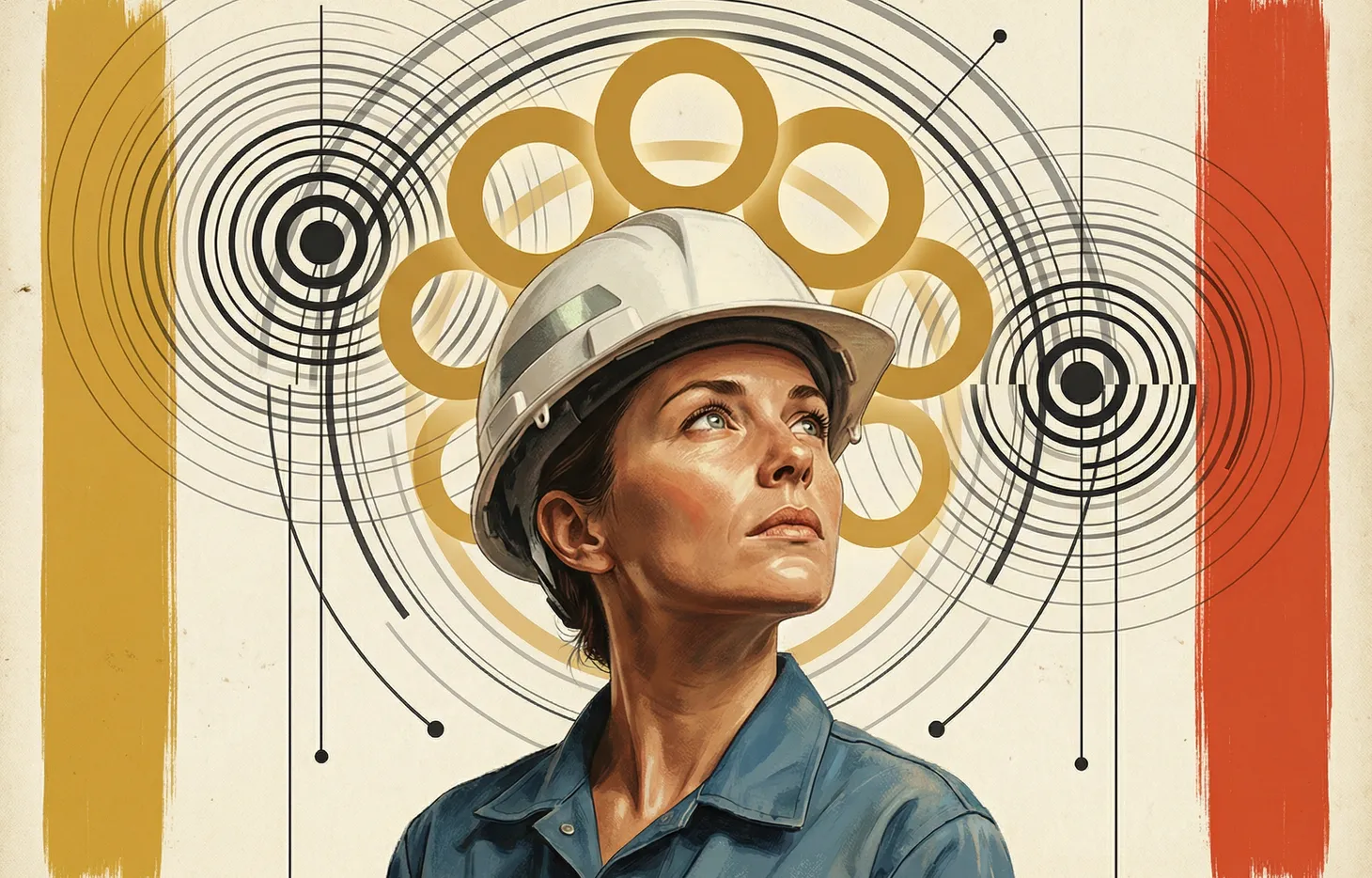32 Things Economic Developers Need to Know This Week
The stories Dane thinks you need to see. November 13, 2025 edition.
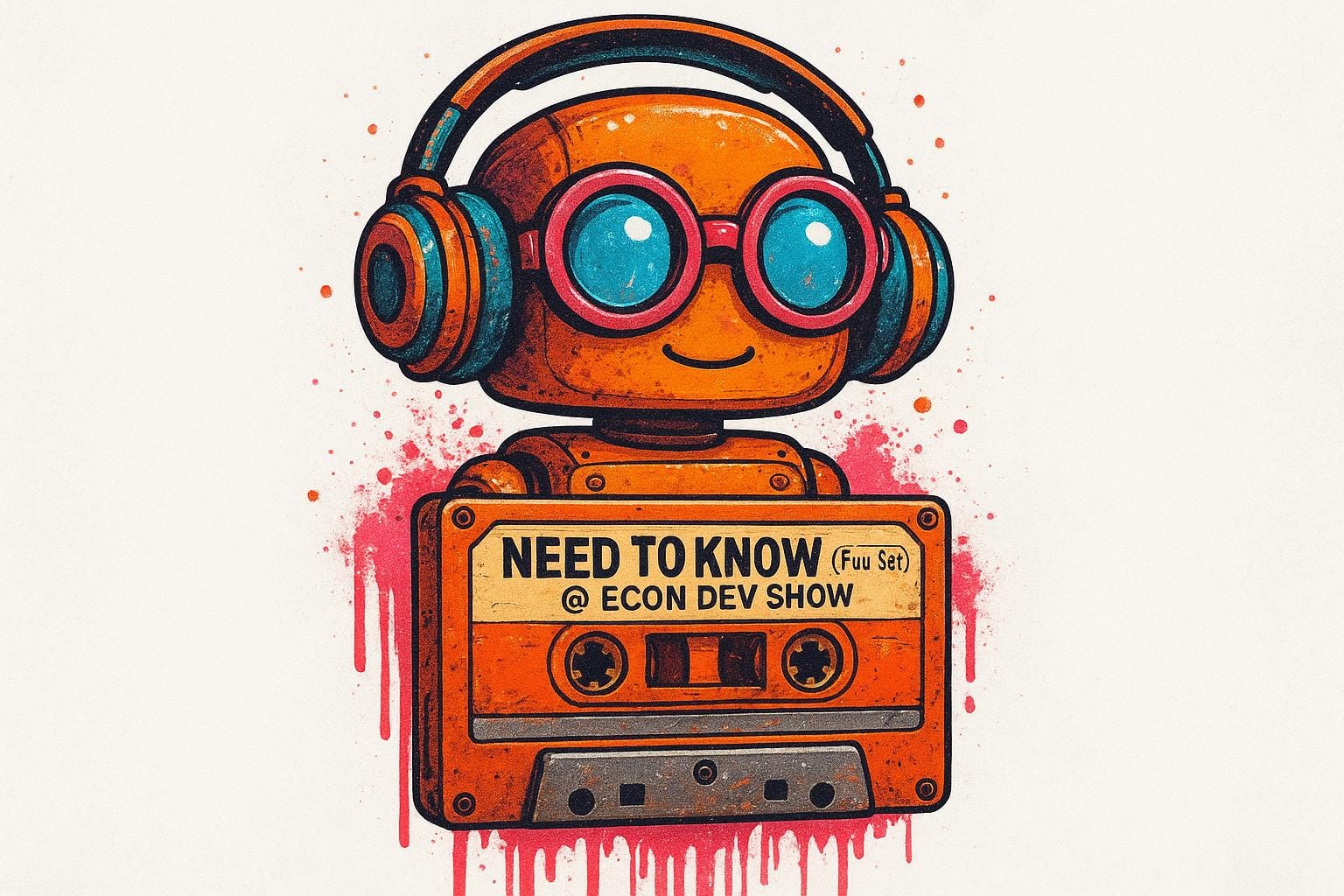
Welcome to this week's issue of What Economic Developers Need to Know This Week, where we explore the evolving dynamics of our economy.
This week we have 32 tools, stories, graphics, charts and videos that I think you'll find informative, useful, inspiring, and perhaps even humorous. Some are economic development related directly, and some only indirectly. 🤔
If you're wondering what to do with the info in this newsletter, send something to your board members. It will make you look good!
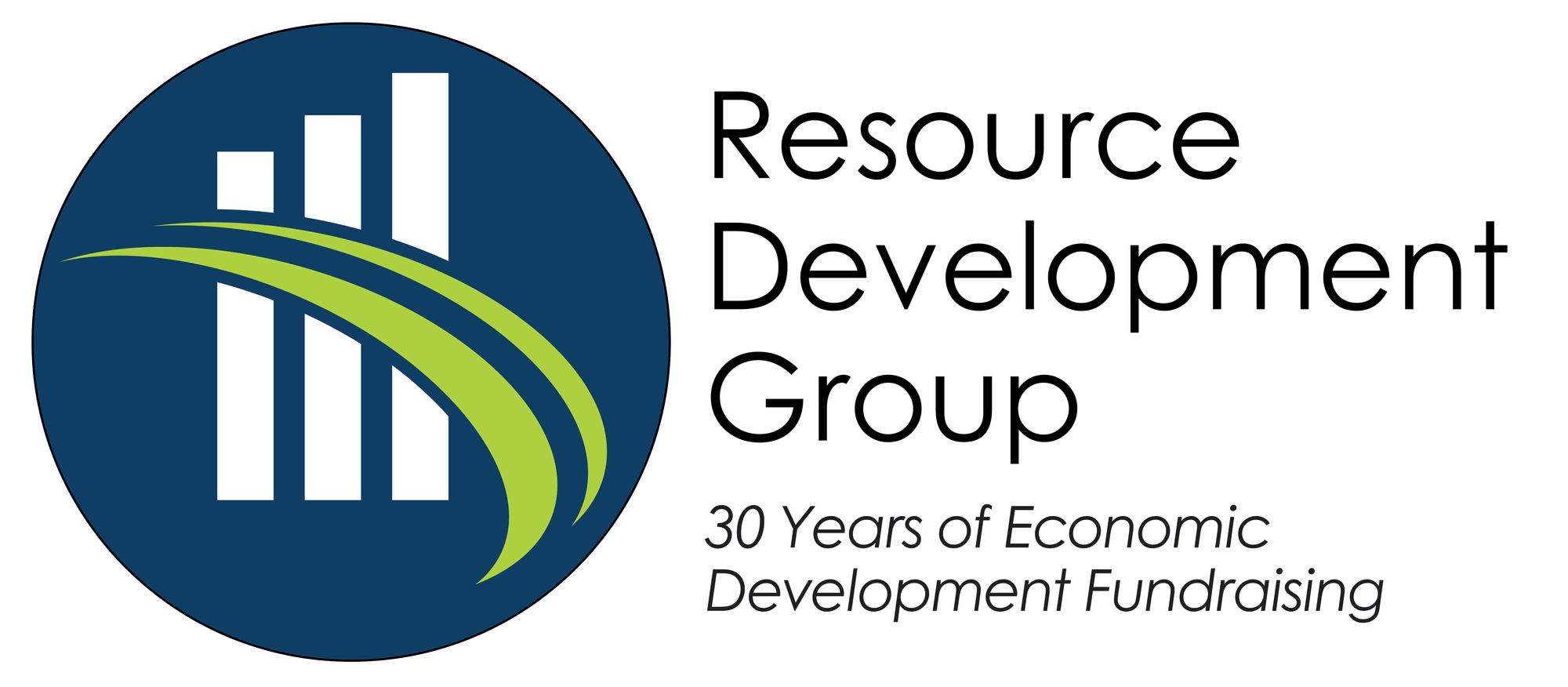
Today's email is brought to you by Resource Development Group
Founded in 1995, RDG offers customized economic development fundraising solutions exclusively for Chambers of Commerce and Economic Development Organizations. That’s their niche. That’s their specialty.
Their highly experienced team has raised over $2 billion -- yes, that’s $2 billion with a “B” -- for communities of all sizes and organizations just like yours.
Every community is unique. Tulsa, OK, is not Maury County, TN. Atlanta, GA is not Detroit, MI. Chattanooga, TN is not Charlottesville, VA. Don’t use another community’s fundraising playbook and expect the same results!
RDG's experts excel in providing customized economic development fundraising solutions for every situation. So whether you’re a single county EDO ready to kick off your first fundraising campaign or a large regional organization on your third funding cycle, they have the team and experience to get you the results you’re looking for.
1) Economic Development and Developers in the News # 220 - Econ dev news from 78 economic development executives and organizations in 26 states.

2) 23 New Economic Development Jobs This Week - From $46,000 - $207,000

3) 19 Things Economic Developers Need to Know This Week - The stories Dane thinks you need to see. November 6, 2025 edition.

4) Dane Carlson on the Rural Strong Podcast: AI, Entrepreneurship, and Economic Development - Turning rural hustle and AI muscle into competitive advantage.
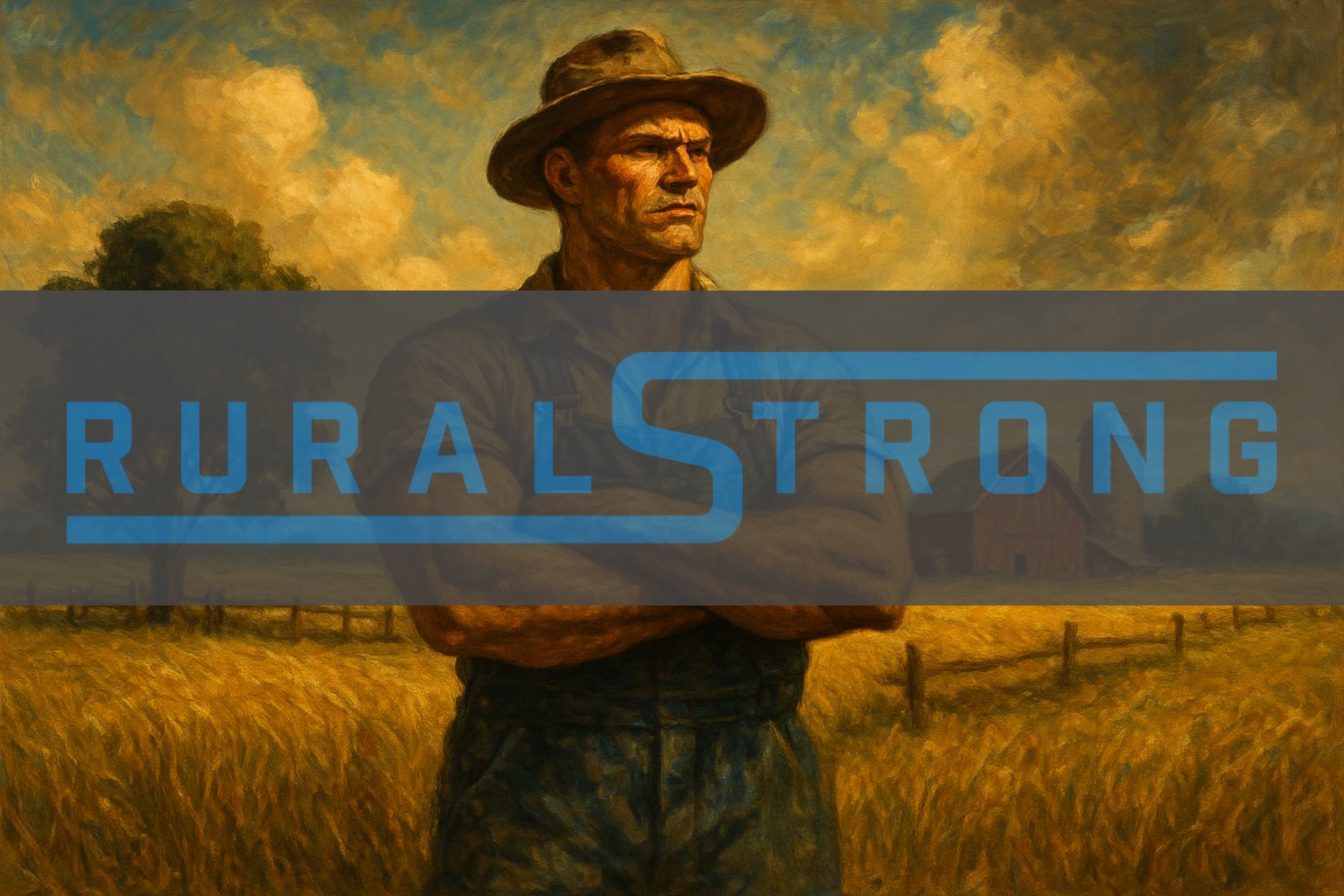
Sitehunt (from the Econ Dev Show's Dane Carlson) will not replace your relationships, manage your BR&E visits, or do your board politics. It will not invent workforce where none exists, and it will not make you sound smart after one login. Wit and wisdom are still on you.
But if you care about speed, clarity, and getting the RFI out the door with confidence, Sitehunt may be the smartest small investment you make this year.
5) Australia has so much solar that it's offering everyone free electricity
6) A look at data centers cancelled, opening, planned in the US:
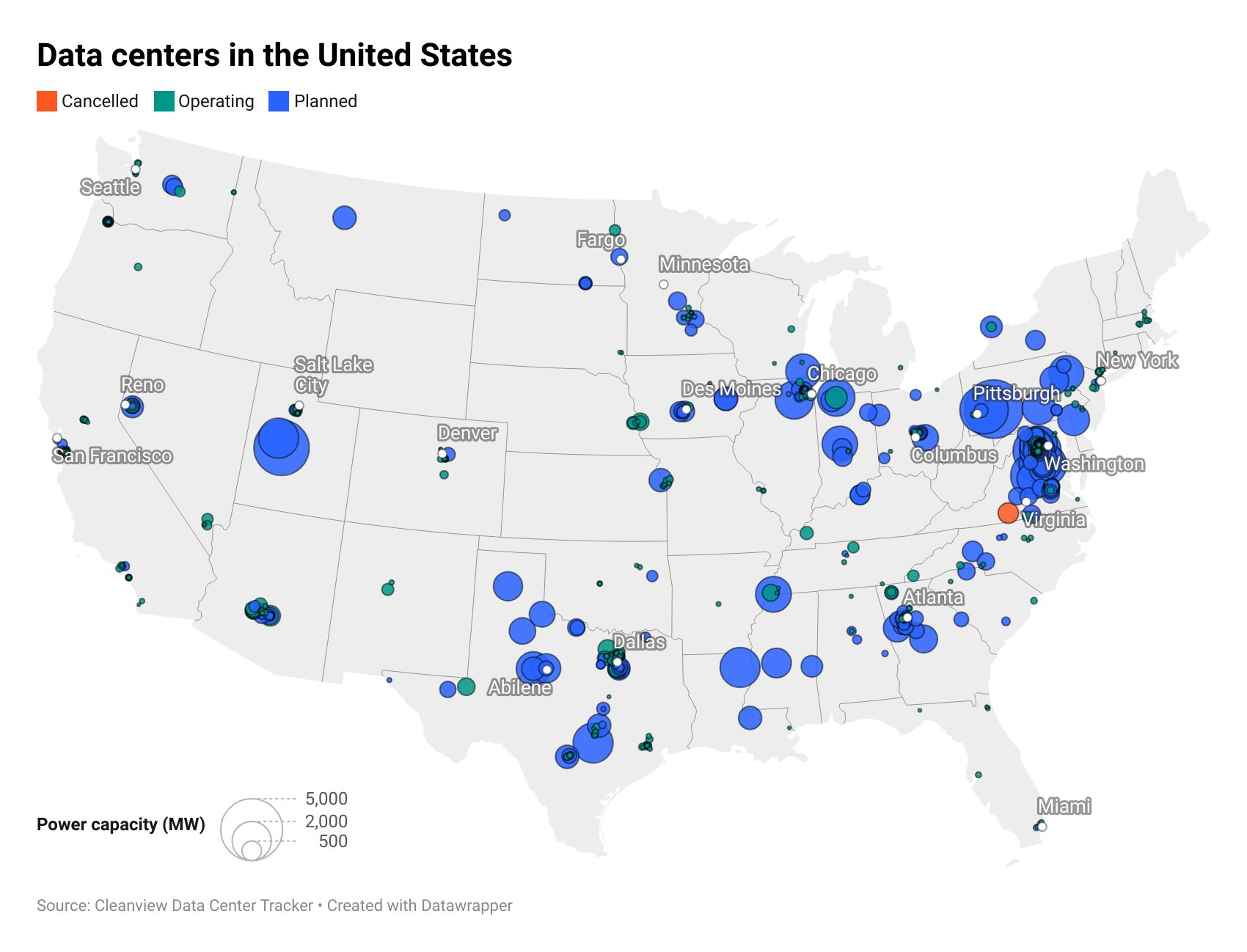
7) The vast majority of restaurants using DoorDash in the biggest U.S. cities that were open in September 2024 remained open in September 2025. These cities have the best 1-year restaurant survival rates:

8) Ugh. Companies with negative earnings outperformed companies with positive earnings (in the stock market):
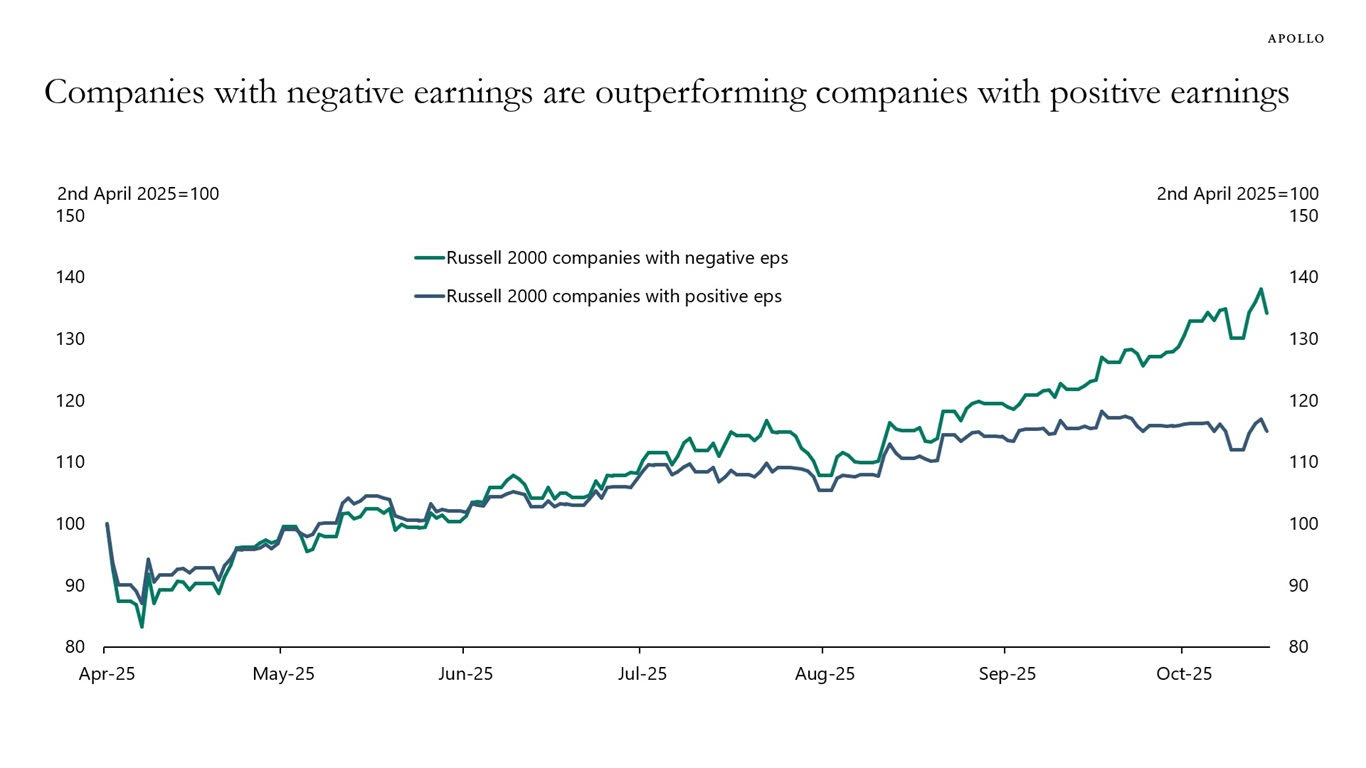
9) High-income Americas drive roughly half of all spending:

10) The three big elections of last week were driven by the economy:

11) Hernando's County Florida has turned to AI to speed up their zoning review process, and they've trimmed zoning review from 30 days to two.
12) US holiday sales are projected to exceed $1 trillion for the first time this season:

13) Global steel output has more than tripled over the past 50 years, driven primarily by China's rapid expansion, while production in the US and Russia has declined:
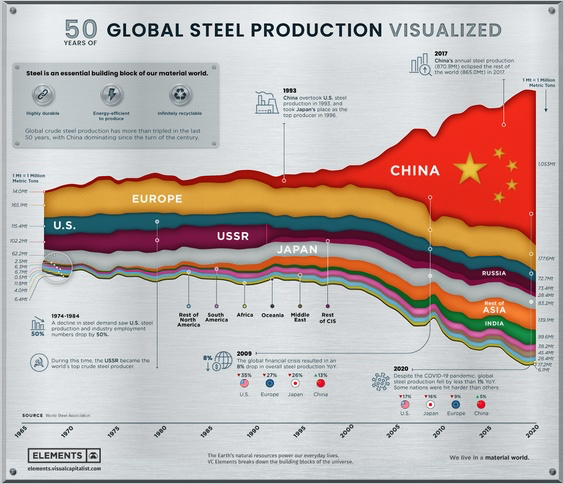
14) This chart shows how Americans want AI to support them:

15) US healthcare costs are accelerating, with group insurance premiums projected to rise 8.5% in 2025, driven largely by higher utilization rather than inflation:

16) Luxury hotel rates in the US have surged to record highs, widening the gap versus lower-tier rooms:

17) Public in-state college education costs:

18) This chart shows US job openings and the value of the S&P 500. The vertical line shows the release date of ChatGPT:
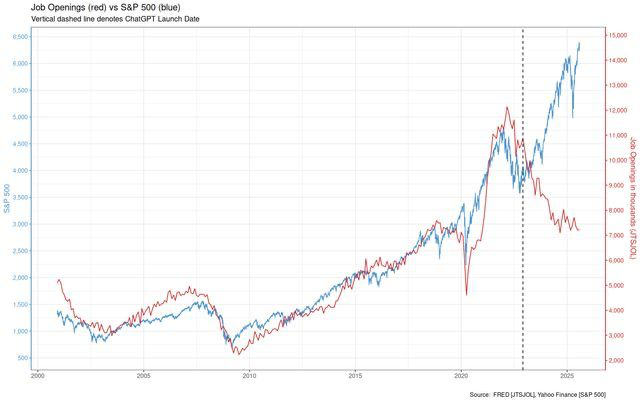
19) Myopia, the medical term for nearsightedness, is an epidemic. How to maintain good vision amidst the myopia epidemic:
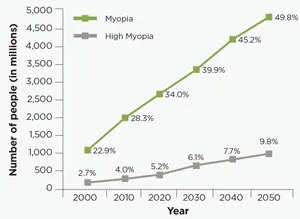

20) Jamie Beasley: What if a community could be prosperous without necessarily getting bigger? What if success looked less like a population graph and more like a quality-of-life scorecard?
21) Rural America continues to experience population boosts, begging the question of rural economic developers: how are you taking advantage of this golden opportunity?
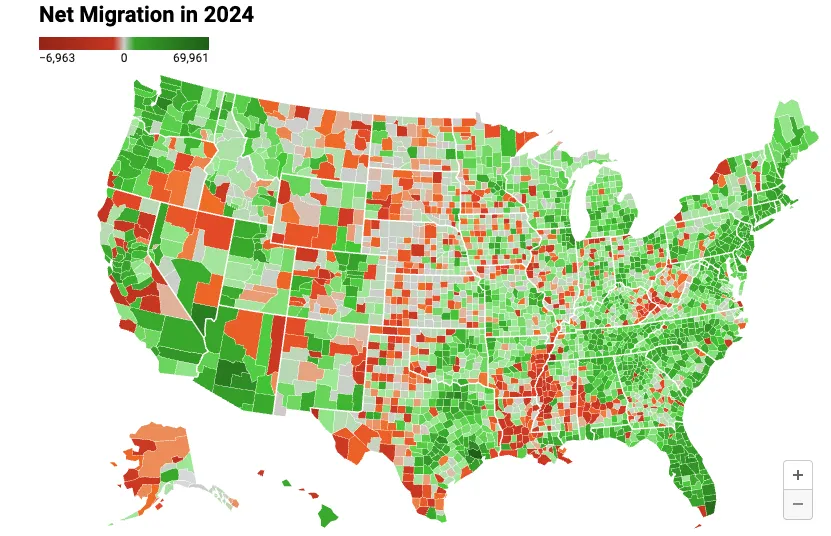

22) I had no idea that tree diversity looked like this across the country:
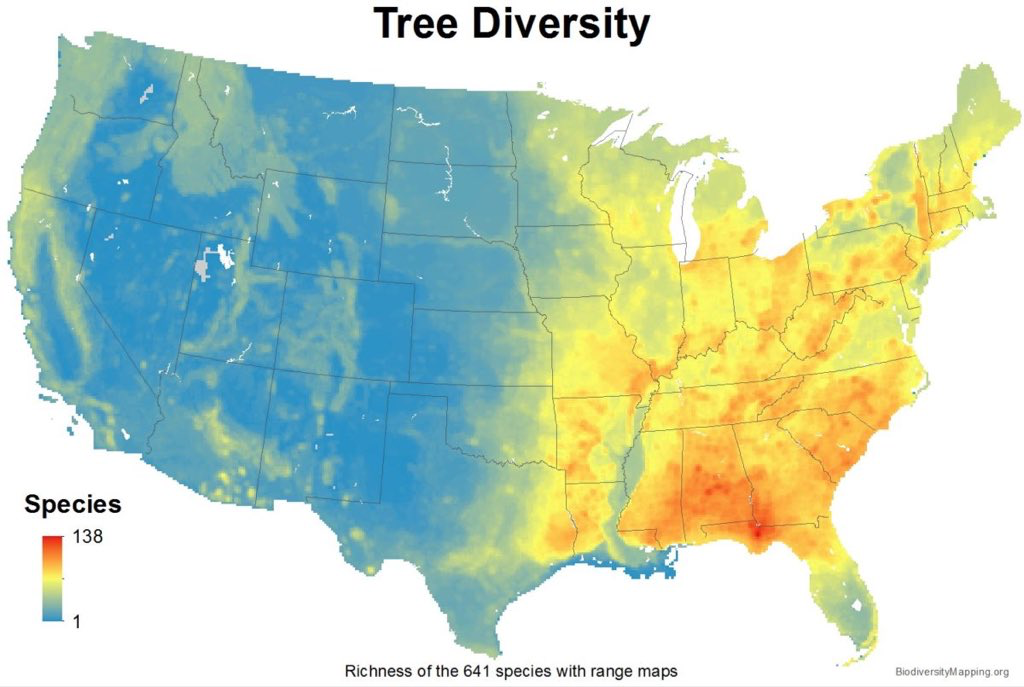
23) Median home prices from Texas to Washington:

24) This week the Trump administration was floating the idea of a 50 year mortgage. Think that'll make housing more affordable? Think again:



25) The next round of opportunity zones is coming. New data shows how cities can help get them right
26) In US first, New Mexico launches free child care for all.
27) The real reason your genius placemaking idea is not getting funded: And why, in the end, many of us do what we love for free.
28) Martin Vanags: When site consultants or corporate expansion teams research your community, they're not just looking at your PowerPoint deck about available buildings and workforce statistics. They're Googling "[Your Community Name] business closes" and "[Your Community Name] economic development." (Note: they are also using AI) What are they finding? Articles about another restaurant shuttering? A manufacturer quietly leaving town? Or are they finding stories about local business expansions, anniversary celebrations, and testimonials from business owners about community support?
BTW, If you're not reading Martin Vanags Curated Morning newsletter, you're missing out.
29) Great news for Nevada: EDAWN and LVGEA Launch Nevada Economic Developers Association.
30) Thomas Cox on the Real Economic Status of Wisconsin Tourism in 2025 An Economic Developer's Take on Inflation-Adjusted Tourism: Tourism is celebrated every year with big numbers and press releases. But those numbers are nominal, they don't account for inflation. Real growth is what actually matters, because it tells us whether communities can buy more goods, pay workers fairly, and invest in infrastructure.
31) The costs of basic needs have increased dramatically since 2000 and 2025:

32) Buying a home in 1985 vs 2025:


